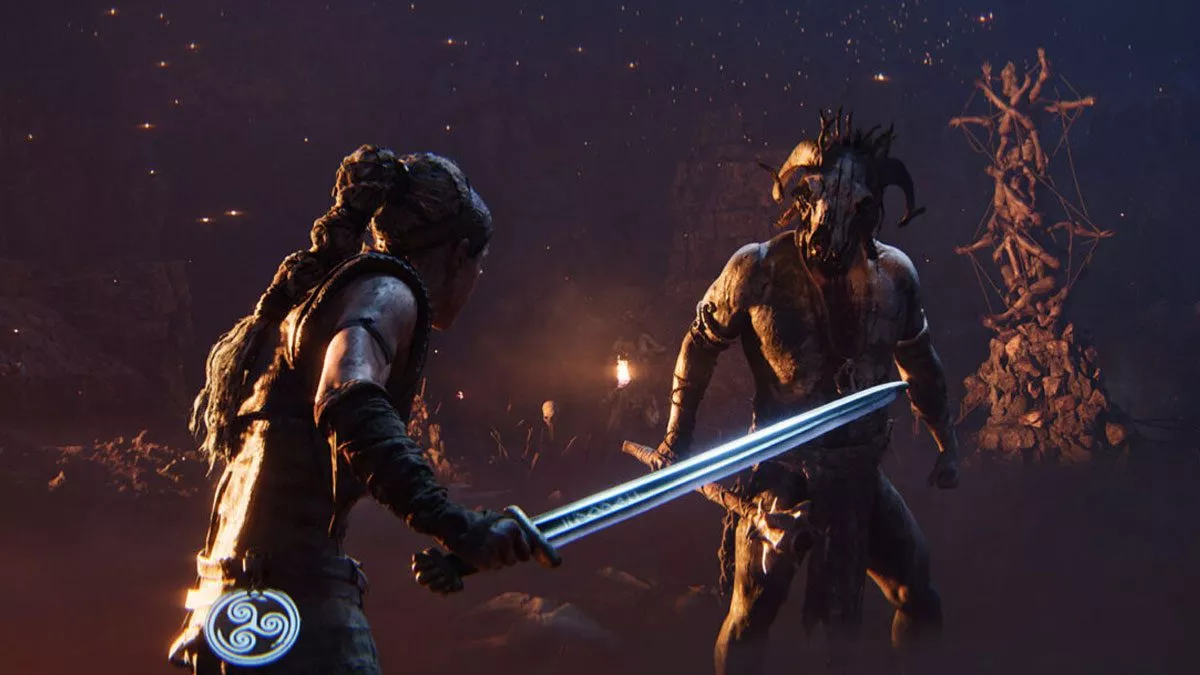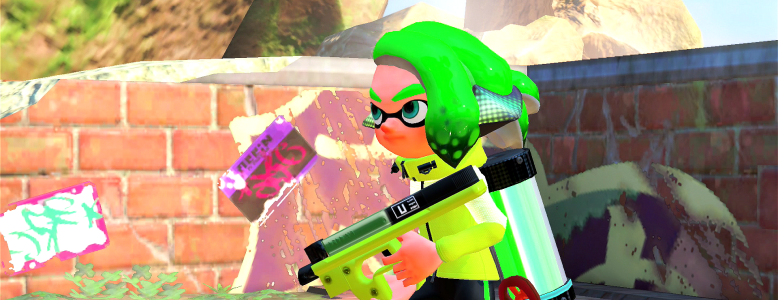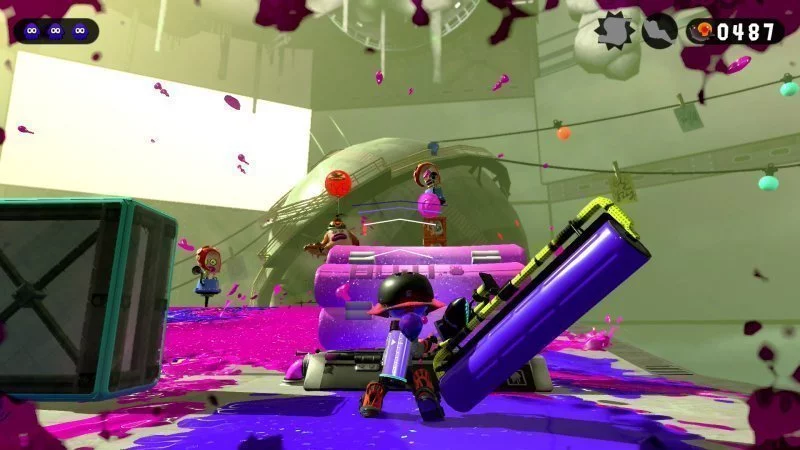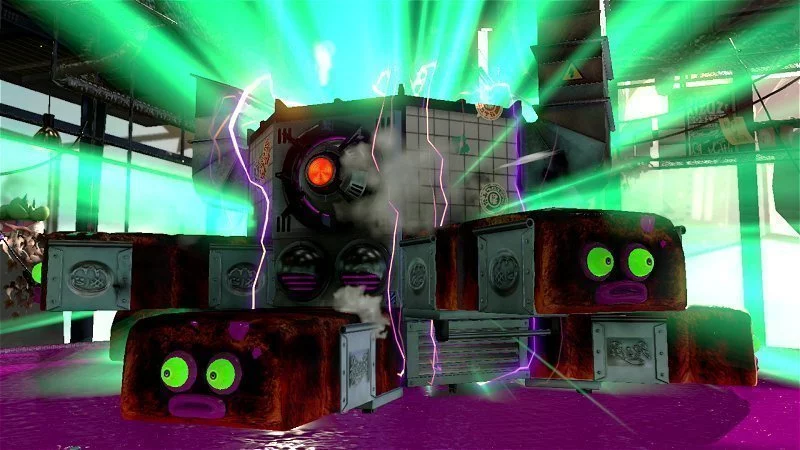This review has been modified to reflect online play now that it is available.
Available today, Splatoon 2 has promised to be the beefed-up content machine at launch that the original was not. In addition to online modes, it features a Horde-like mode in Salmon Run alongside a single-player campaign called Hero Mode. While online modes and Salmon Run can be played using local co-op, Nintendo’s intent is for you to jump online — smartphone and Switch Online app in hand — and take on opponents from around the world.
Ignoring the unmitigated mess that is Nintendo’s voice chat solution (well, for the most part), Splatoon 2 is great. While Salmon Run is the best new addition, regular multiplayer offerings generally remain untouched. This isn’t a bad thing, because as bare bones as the original Splatoon was, it was a brilliant idea with simplistic, yet hard to master mechanics.
Like the single-player campaigns found in the likes of Battlefield and Call of Duty, Hero Mode is designed to teach a player all they’ll need to know when they decide to brave online versus matches. Things start out pretty simple, limiting a player to a single weapon and the notion that you need to cover the ground with ink in order to move faster, refill ammo and replenish health. Over time, advanced movement and combat techniques are imparted upon the player, helping their Squid Kid to become a lean, mean agent of good.
In Hero Mode, players will move from world to world, each populated by a number of levels. In order to progress, players must first find the entrance to a level — an invisible teapot which needs to be inked before use — and can only enter if they’ve found enough Zapfish as required. Each level contains a highly-coveted Zapfish alongside other collectibles like lore building pages and an in-game currency called Sardinium. In-game currency is used to level up weaponry and unlock extra bomb types.
While the levels are clever enough — each with its own puzzle mechanic, enemy type or similar — they get repetitive quite quickly. The mode’s saving grace is its assortment of clever end bosses, each populating a world and needing to be beaten before you can continue on. They’re classic Nintendo fare, quirky, slightly challenging, but must of all, plain ol’ fun. The boss battles are reason enough to play Hero Mode, though the general sense of exploration between worlds and levels comes a close second.
Bits of Hero Mode seem tacked on; once you’re in the mode, you can only exit by heading into the options menu and choosing to exit from there. Re-entering the mode places you right at the start of the first world, meaning you’ll have to slowly jog through the areas you’ve beaten to simply get back to where you left off (there is the ability to super jump to that point, but why even bother with it?). While it’s easier to move around worlds as a squid using the ink you’ve already laid down, re-entering the mode takes all of that ink away. It’s a bit of a slog.
On its hardest difficulties, Salmon Run is brutally hard. Its wave-based structure requires teamwork and heavy co-operation between the four players who can join up to take on evil Octarians — and without in-built voice chat, this gets difficult. The Switch Online app is a mess, requiring an iOS or Android device; even then, you’ve got to leave your app running at all times if you want to chat with fellow players. Unless you buy the overly complicated HORI headset solution, only voice goes through your phone’s speakers or headset, meaning you’re blocking out the sounds of the game. Ultimately, the group I played with opted to go for a Discord voice chat instead. Plan accordingly.
The game’s main multiplayer mode, Turf War, is always a delight. While your goal is simple — cover the arena with more of your team’s ink than your opponents — you can tell when you’re playing with those who’ve come from a background of Nintendo’s offerings compared to those who’ve grown up with Call of Duty. While the former matches can be nail-biters, with razor’s edge finishes, you sometimes get matched up with players who barely shoot a single blob of ink at a surface, instead electing to try for a team kill. Voice communication isn’t as crucial in Turf War, but finding a group of mates to play with will go a long way.
The main mantra of Splatoon 2 seems to be ‘if it ain’t broke, don’t fix it’, and this is fine. This new Switch offering is robust, full of content and fun. Go and feed your hungry home-handheld hybrid.
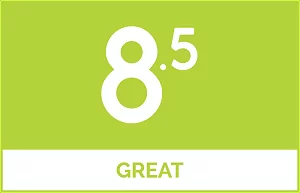 |
|
The good
|
The bad
|
Splatoon 2 was reviewed with a promotional code on Switch, as provided by the publisher. Click here to learn more about Stevivor’s scoring scale.
This article may contain affiliate links, meaning we could earn a small commission if you click-through and make a purchase. Stevivor is an independent outlet and our journalism is in no way influenced by any advertiser or commercial initiative.




